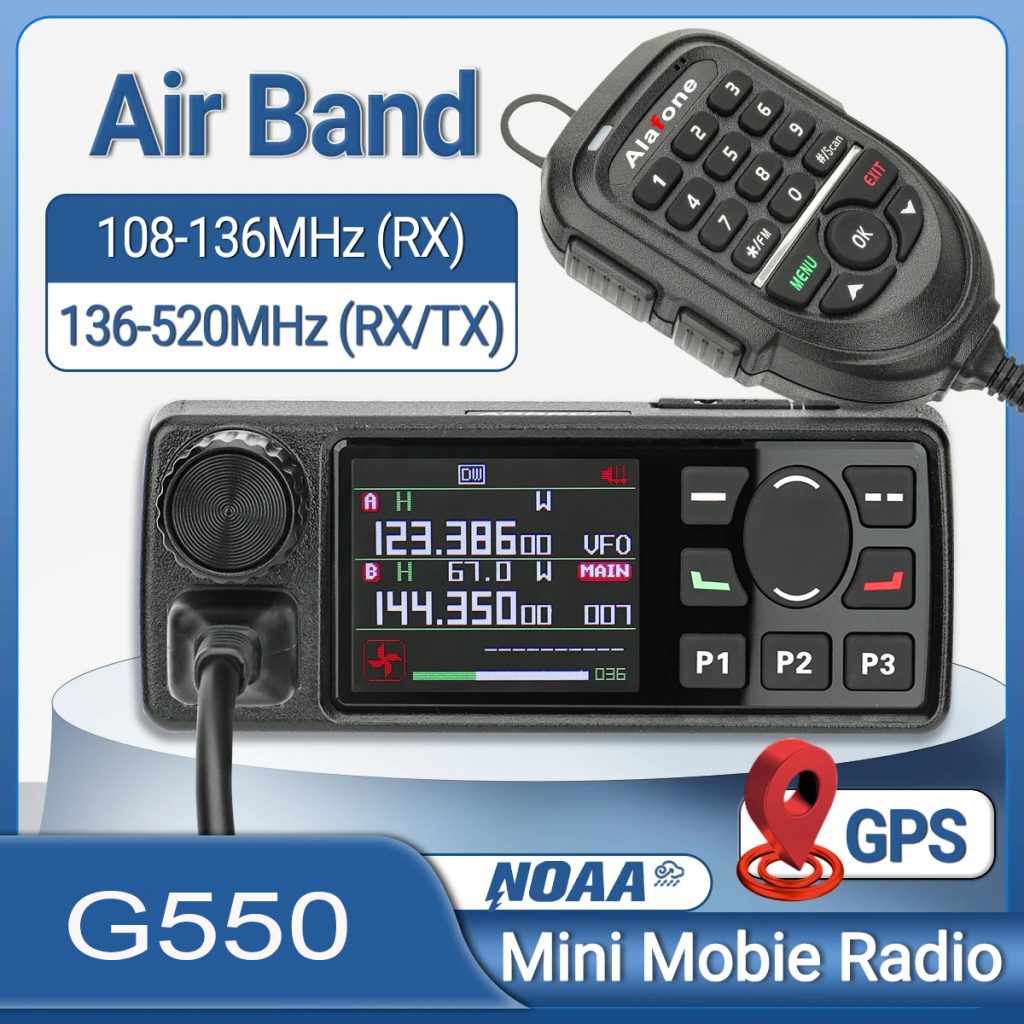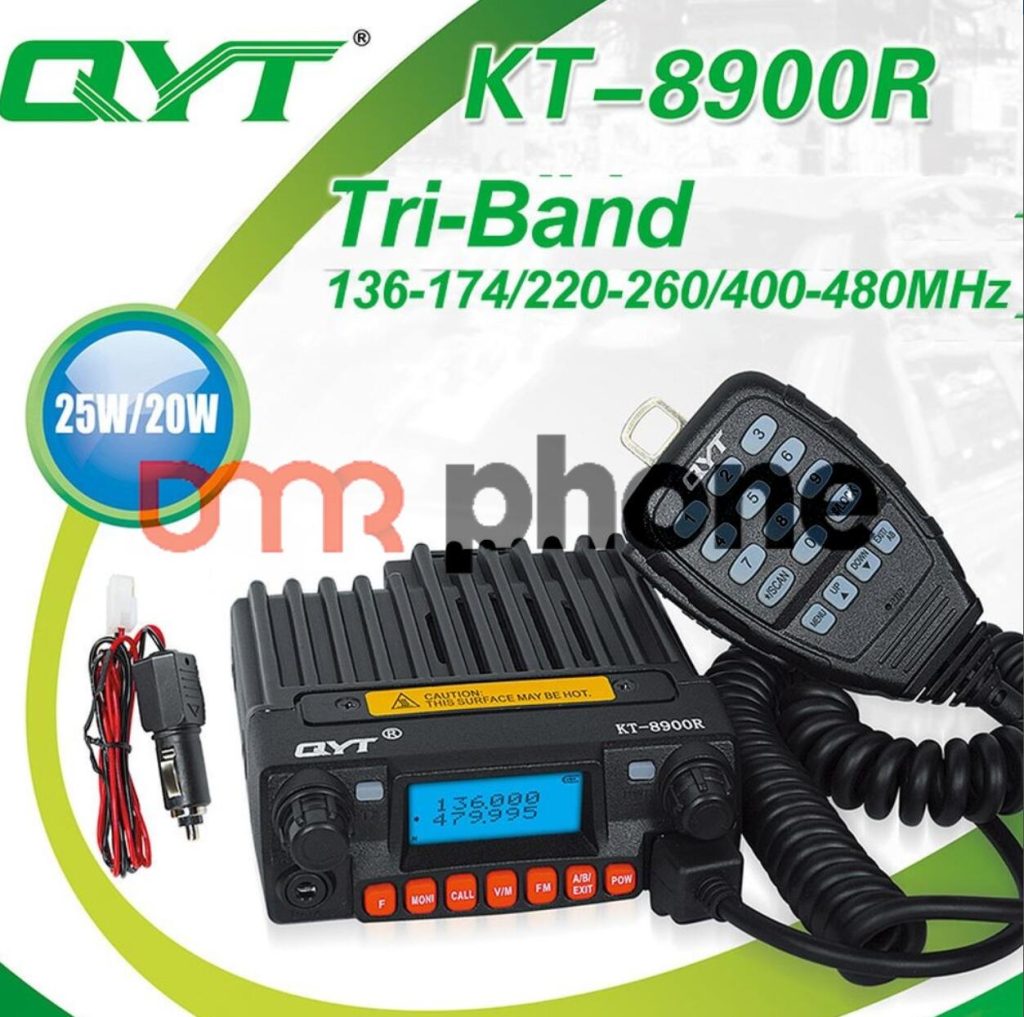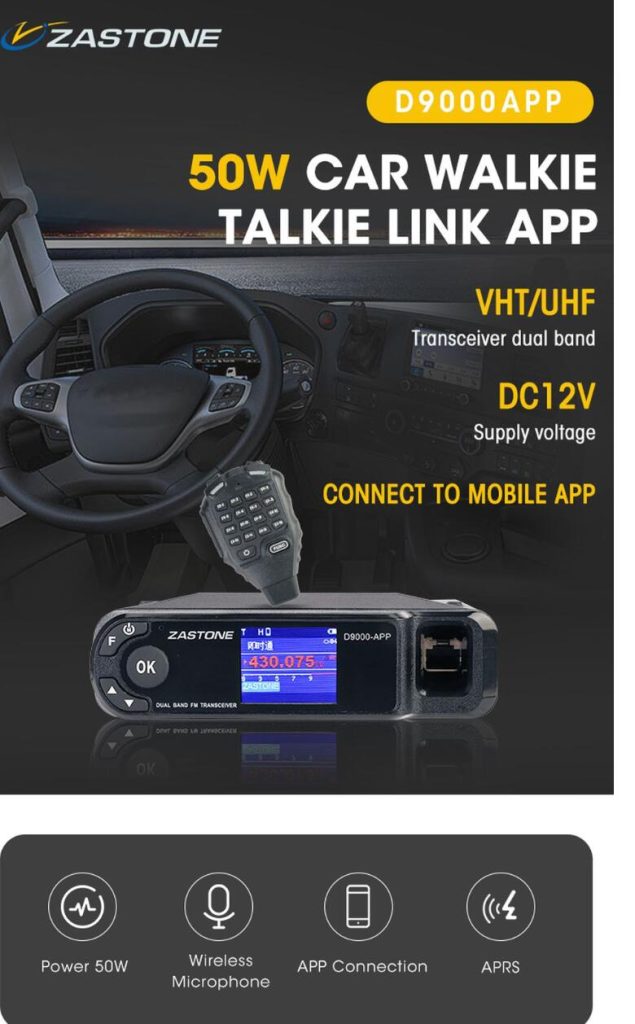
From an advanced perspective, new friends can consider purchasing and operating FM mode single (dual) band car consoles after becoming proficient in using them. During the installation and use of the car mounted station, it is important to pay attention to the following six aspects.
Group settings storage channels
Understand and organize the frequency and relay station information that you need to use, store them in order of usage habits, and group them. The commonly used local communication frequency is used as the first group; On weekends, the frequency of remote communication (such as direct frequency and relay frequency used by other city enthusiasts within a radius of 300km) may be used as the second group for climbing or driving out; The direct frequency and relay frequency of cities that may travel within one year (including passing and arriving) are used as the third group; Amateur satellite dedicated operating frequency as the fourth group, and so on.
Many car stations have a channel name setting function, which can use six English letters, numbers, and symbols to name channels, and even Chinese names. It is recommended to set according to personal habits, which will be very helpful for quick search and memory.
When installing in the car, the handheld microphone must be fixed and not placed randomly

The handheld microphone of the car mounted station is not fixed, which is a major hazard to driving safety!
The author has experienced a convoy trip where a novice’s handheld microphone on the vehicle’s console got stuck between the seat and the handbrake, resulting in continuous firing for more than ten minutes. Due to the high power, the couple’s argument was clearly heard by dozens of people, and the result was quite tragic.
The reason for this is mostly due to the reluctance to drill holes in the center console of the new car and fix the mounting bracket of the handheld microphone with screws. It is recommended to use 3M double-sided adhesive to stick the bracket onto the center console.
When I was abroad, I saw a enthusiast installing a gooseneck microphone on the left front of the driver’s cab. When using it, it bends to the edge of the mouth and can be retracted to the A-pillar after use. The PPT button is installed on the steering wheel, so that both hands do not leave the steering wheel and the line of sight does not need to be changed. This greatly improves safety and is worth learning from.
Use small and medium power levels more often and avoid prolonged high-power transmission.
When the vehicle is transmitting at full power, the current can reach up to 11A, which is a severe test for the power supply system, heat dissipation conditions, and antenna feedback system. The near-field strength is high, and the electromagnetic radiation is large, which is not good for the operator and passengers.
In fact, when you use it for a long time, you will find that in most cases, there is no significant difference in the connectivity effect between high-power and medium power transmissions. This is because for FM mode, the strength of the received signal does not have a linear relationship with the transmission power as in CW and SSB modes. As long as the signal strength required by the frequency discriminator can be achieved, the restored sound quality will not be significantly different.
Besides, ham advocates QRP (low power operation), and energy-saving is also a virtue!

When installing in the car, it is recommended to directly lead from the car battery
Although most car cigarette lighter sockets are rated to allow a current of 15A, it is not advisable to use a cigarette lighter to power the car radio due to the high contact resistance when inserting the cigarette lighter plug.
All the cars tested by the author have experienced overheating and even high-temperature deformation and burning of the plug when the cigarette lighter is powered on. Because long-term contact with different types of metals can cause electrochemical reactions, it is recommended to regularly inspect and maintain the lead connectors during vehicle maintenance to avoid safety hazards such as poor contact caused by corrosion and oxidation.
Handheld microphone with many functions
Nowadays, many handheld microphones equipped as standard in cars have many powerful functions, such as direct frequency input, power switching, sub tone setting, channel scanning, noise reduction switch, function programming, etc. However, many enthusiasts only use them to talk and still operate on the panel when setting and changing parameters, which is a huge waste. In order for your investment not to be wasted, and of course, for you to use the car stand more conveniently and quickly, it is necessary to repeatedly read the manual and learn to make good use of this good thing.
Suggest purchasing and using an integrated antenna feeder system for the new HAM
Many new friends believe that equipment is important and should be purchased at a high cost; Antennas and feeders are just accessories, just buy the cheapest one and use it. This is a very wrong concept.
The antenna line, like the speaker of a sound system, is a key component responsible for transmitting and receiving radio waves, and its quality directly determines the quality of the signal. At present, there is a significant difference in the quality of various miscellaneous and counterfeit antenna lines in the market, some of which are simply counterfeit and inferior products. Using these products not only greatly affects signal quality and usage effectiveness, but also causes damage to equipment, and may even cause heating and deformation, leaving safety hazards. The author once conducted a test and found that a 5-meter-long car mounted feeder of a certain miscellaneous brand has a 3dB attenuation of 430MHz frequency band radio waves, which means that with an output power of 30W, there is only 15W left at the end of the feeder.
The conventional antenna feeder system consists of four parts: antenna, fixing parts (suction cups or clamps), feeder and connecting parts (joints and adapters), which have been